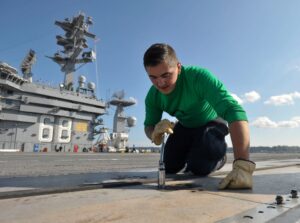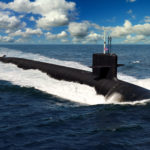
A recent Government Accountability Office (GAO) report found the Navy collects only limited data on intermediate maintenance periods on its ships and does not analyze the data it does have. “The Navy collected, but did not analyze, limited data on the performance of intermediate maintenance periods—work often occurring while a ship is pier-side and capable of getting underway within 96 hours,” the report published on Feb. 8 said. Intermediate maintenance periods generally include work often occurring while a ship is…

 By
By 











